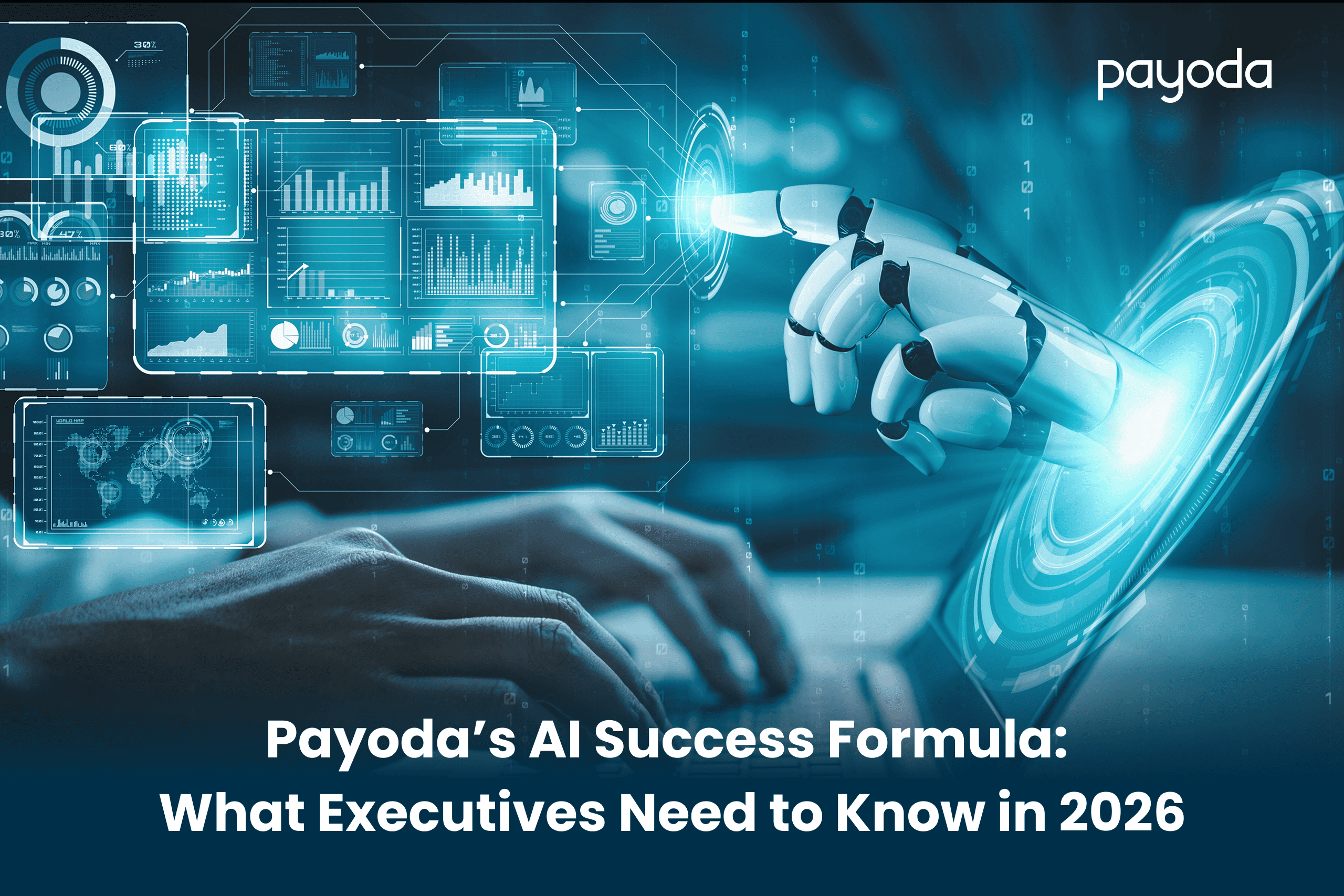
Introduction
In recent years, Natural Language Processing (NLP) has transformed the way humans interact with machines. From voice assistants like Siri and Alexa to chatbots providing customer support, NLP lies at the heart of many AI-driven technologies. However, a key question remains: how do machines actually understand human language, which is filled with nuance, slang, and context? In this blog post, we’ll explore the fundamentals of NLP and explain how it empowers machines to comprehend and process human language effectively.
What is Natural Language Processing (NLP)?
At its core, Natural Language Processing (NLP) is a field of artificial intelligence (AI) that enables machines to read, interpret, and generate human language in a way that is both meaningful and functional. Whether it’s analyzing text, recognizing speech, or generating responses, NLP bridges the communication gap between humans and computers.
NLP is essential because human language is inherently complex. It involves understanding meaning, context, syntax, sentiment, and more. For machines to understand and respond appropriately, they need sophisticated techniques to break down and analyze this complexity.
Key Components of NLP
To truly grasp the fundamentals of NLP, let’s dive into some of its most essential components:
Tokenization
- Tokenization is the process of breaking down a large body of text into smaller units, such as words or sentences. By splitting text into tokens, machines can analyze each element individually.
- For example, the sentence “I love learning about NLP” would be tokenized into: [“I”, “love”, “learning”, “about”, “NLP”].
Part-of-Speech Tagging (POS)
- To understand how words function in a sentence, NLP models tag each word with its part of speech (noun, verb, adjective, etc.).
- For instance, in the sentence “I love learning about NLP,” “love” would be tagged as a verb and “learning” as a noun.
Named Entity Recognition (NER)
- NER helps identify and classify key pieces of information in text, such as names, locations, dates, and other specific entities. This is important for extracting useful data from unstructured text.
- In the sentence “Steve Jobs founded Apple in 1976,” an NER model would recognize “Steve Jobs” as a person, “Apple” as an organization, and “1976” as a date.
Lemmatization and Stemming
- Lemmatization and stemming are techniques used to reduce words to their root form. For example, “running” becomes “run,” and “better” becomes “good.”
- This process helps ensure that words with similar meanings are treated consistently, even if they have different forms.
Sentiment Analysis
- Sentiment analysis is the process of determining the emotional tone of a text. Is the sentiment positive, negative, or neutral? This technique is widely used in analyzing customer feedback, social media posts, and reviews.
Language Generation
- This component involves creating human-like text based on a given input. It powers systems like chatbots, which generate contextually appropriate responses, or content creation tools that produce articles, summaries, and more.
How Do Machines Understand Human Language?
Machines don’t “understand” language in the way humans do. However, Natural Language Processing (NLP) models use algorithms and statistical methods to interpret language and make decisions based on patterns. These models are trained on massive datasets of text, learning the associations between words, phrases, and structures.
Machine Learning Models
- NLP models rely heavily on machine learning, particularly deep learning. These models are trained using large corpora of text to recognize patterns, meanings, and structures.
- For instance, a model like GPT-3 (which powers AI systems like ChatGPT) is trained on a diverse range of texts from books, articles, and websites. It uses this training to predict what words or sentences are likely to come next, generating contextually relevant language.
Contextual Understanding with Transformers
- One of the major breakthroughs in the fundamentals of NLP is the Transformer model, which uses a mechanism called attention to understand the context of words in a sentence more effectively.
- For example, the word “bank” can refer to a financial institution or the side of a river. Transformers are able to use the surrounding words in a sentence to disambiguate such meanings and understand context.
Applications of NLP in the Real World
Natural Language Processing (NLP) has become an essential technology for numerous applications across different industries. Here are some common use cases:
Chatbots and Virtual Assistants
- Virtual assistants like Siri, Alexa, and Google Assistant use NLP to process voice commands and respond in a conversational manner.
- NLP allows these assistants to interpret your request, understand your intent, and provide an appropriate answer or action.
Sentiment Analysis in Marketing
- Companies use NLP to analyze customer feedback, reviews, and social media posts to gauge sentiment and improve products or services.
- For example, a company might use sentiment analysis to identify whether customers feel positive or negative about a new product launch.
Text Translation
- NLP powers automatic translation services like Google Translate. By analyzing the syntax and semantics of one language and mapping them to another, machines can translate text between languages with remarkable accuracy.
Content Generation
- NLP tools can automatically generate text based on input, making them invaluable for content creation, news summarization, and even automated reporting.
Challenges in NLP
Despite its significant advancements, NLP still faces challenges. Ambiguity in language, the ability to understand context, and dealing with slang or dialects can all complicate the task. Additionally, ethical concerns, such as bias in language models, remain a critical area of research.
The Future of NLP
The future of Natural Language Processing (NLP) looks incredibly promising. With advancements in transformer models, such as GPT-4 and BERT, machines are getting better at understanding and generating human-like language. These innovations will continue to drive the development of smarter virtual assistants, more efficient customer support systems, and even more accurate translation services.
Moreover, as more industries adopt NLP-powered technologies, we’ll see further integration into areas like healthcare, education, finance, and beyond. The ability for machines to understand human language will continue to improve, leading to more intuitive and seamless interactions between humans and AI.
Conclusion
The fundamentals of NLP highlight how this powerful AI field enables machines to understand, interpret, and generate human language. By breaking down linguistic complexity with advanced algorithms, NLP bridges the gap between humans and technology.
As Natural Language Processing (NLP) continues to evolve, its influence will expand across industries, shaping the way we interact with intelligent systems in the years to come.
Talk to our solutions expert today.
Our digital world changes every day, every minute, and every second - stay updated.









